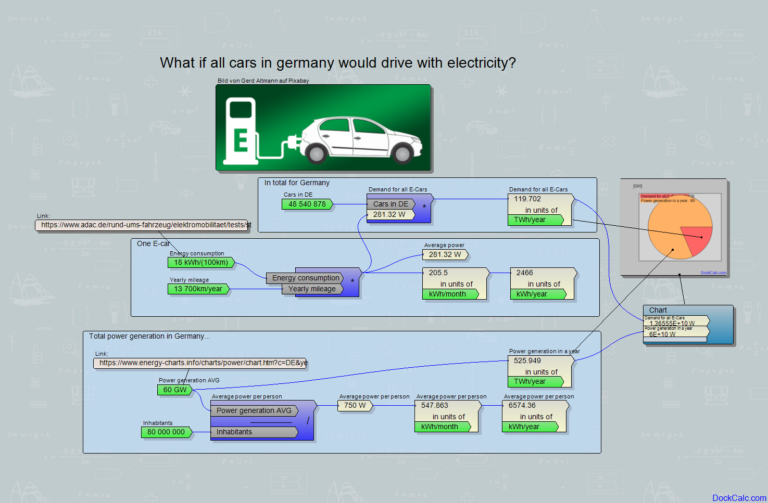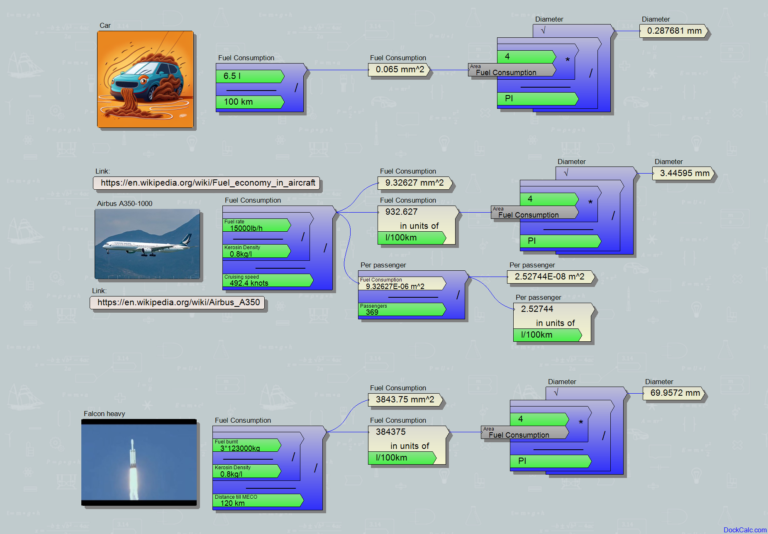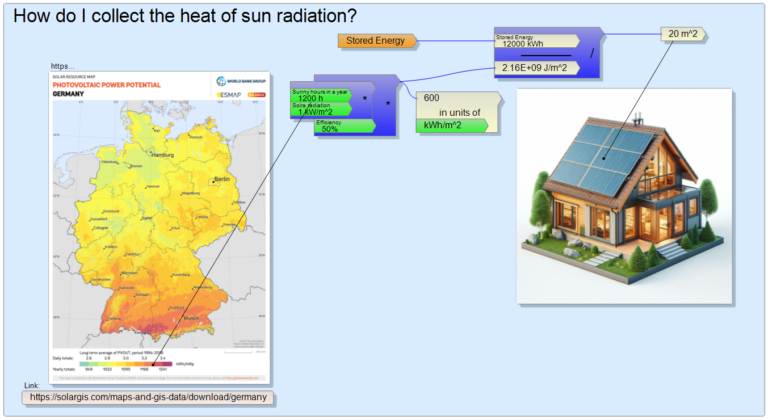How long could I heat my apartment with the heat wasted by my car?
I just received the latest summary on my heating costs. The paper states that my energy costs will from now more than double. In such cases, one is first scared, and then begins to think feverishly about what can be done. Of course, a colder apartment and showering cold are not as attractive as some innovative idea that would save the situation. One of my -unfortunately not completely feasible- ideas is the following:
At the Budapest University of Technology, we learned a lot about engines and their energy balance. An arbitrarily modern vehicle engine utilizes at best approx. 40% of the energy content of its fuel to drive the car, and the remaining 60% is lost in the form of heat through the cooling radiator and the exhaust system. If I could somehow capture this waste heat and take it home, I might be able to heat my apartment with it. But for how long? Let’s see a thought experiment:
The past days I visited my parents, who live 650 km from us. On this road, my car delivered us approx. with a consumption of 6l/100km. On the round trip, this means nearly 80 liters of diesel. The energy content of diesel is 10.4 kWh per liter (you can look it up on Wikipedia), so I used more than 800 kWh of thermal energy, where approx. 40% of them drove the car, and I dissipated the rest into the environment with a sad heart. If I hadn’t done the latter, but had taken it home with the help of some magic, I could have saved nearly 500 kWh of heating energy. According to my bills, the apartment requires approx. 900 kWh heating in a month (on average approx. 1230 Watts of heating power).
Dividing the two numbers, I got how long it would take: more than 16 days!
It is surprising but very sad that the heat wasted by the car on a long trip would have been enough for half a month of heating my home, and I could not save it despite all my engineering knowledge.
Anyone who wants to calculate the ways in which such wasted energy could be utilized can find a great helper in the DockCalc software, which helps with such conversions very efficiently, since it completely takes over the calculation with units of measurement. Here is my calculation for the story above:
I wonder who has a creative idea for heating their apartment in such difficult times. I welcome your ideas in the comments below or at the email address info@dockcalc.com .
Of course, I do not ask for comments overheated 😊 by negative emotions!








Dear Akos,
I smiled when I read your headline: I recently made the same calculation based on similar considerations and came to a very similar result – reassuringly from a physical and mathematical point of view, but worryingly from an energetic point of view.
We still have a lot of potential to use our energy more wisely.
A note on “modern”:
There are no modern combustion engines. There are to-death-optimised museum pieces, comparable to an intensive care patient embedded in life support apparatus (parallel view: Adblue, catalytic converter, preheaters, soot filters, cheating software, fake homologation cycles) waiting to die.
..enough of the cynicism.
I am vividly looking forward to your next thought/calculation experiment 🙂
Raphael
Hi Raphael,
unfortunately you are perfectly right, I like your analogy with the intensive care patient. Somehow we humans like to burn things because making fire started making us the star of animals and after thousands of years we still stick to making fire everywhere in our machines, weapons and kitchens. The way from burning to motion is full with losses, this is still “modern” till we find some better technology and spread it. Thanks again for your comment!
Ákos